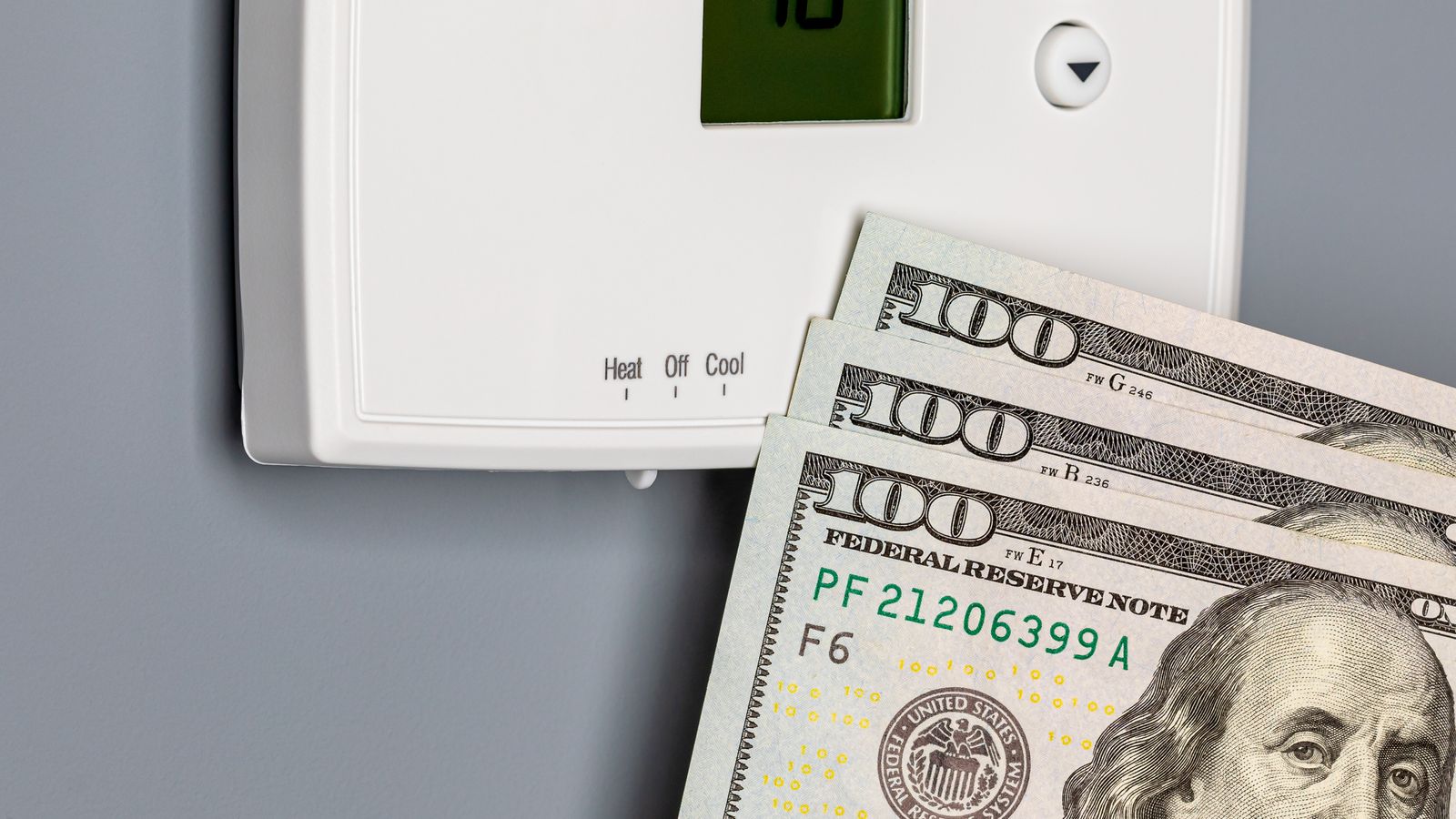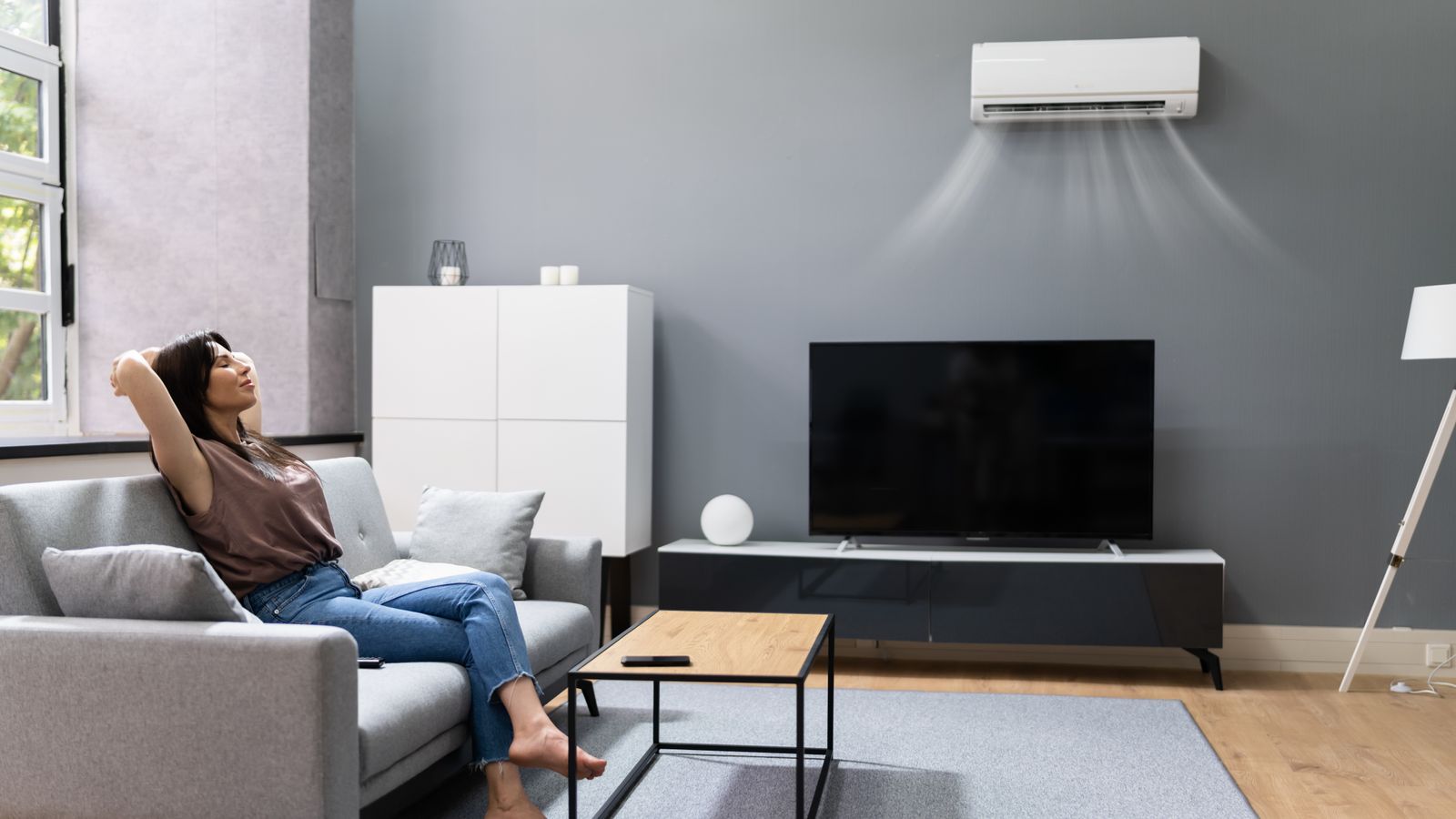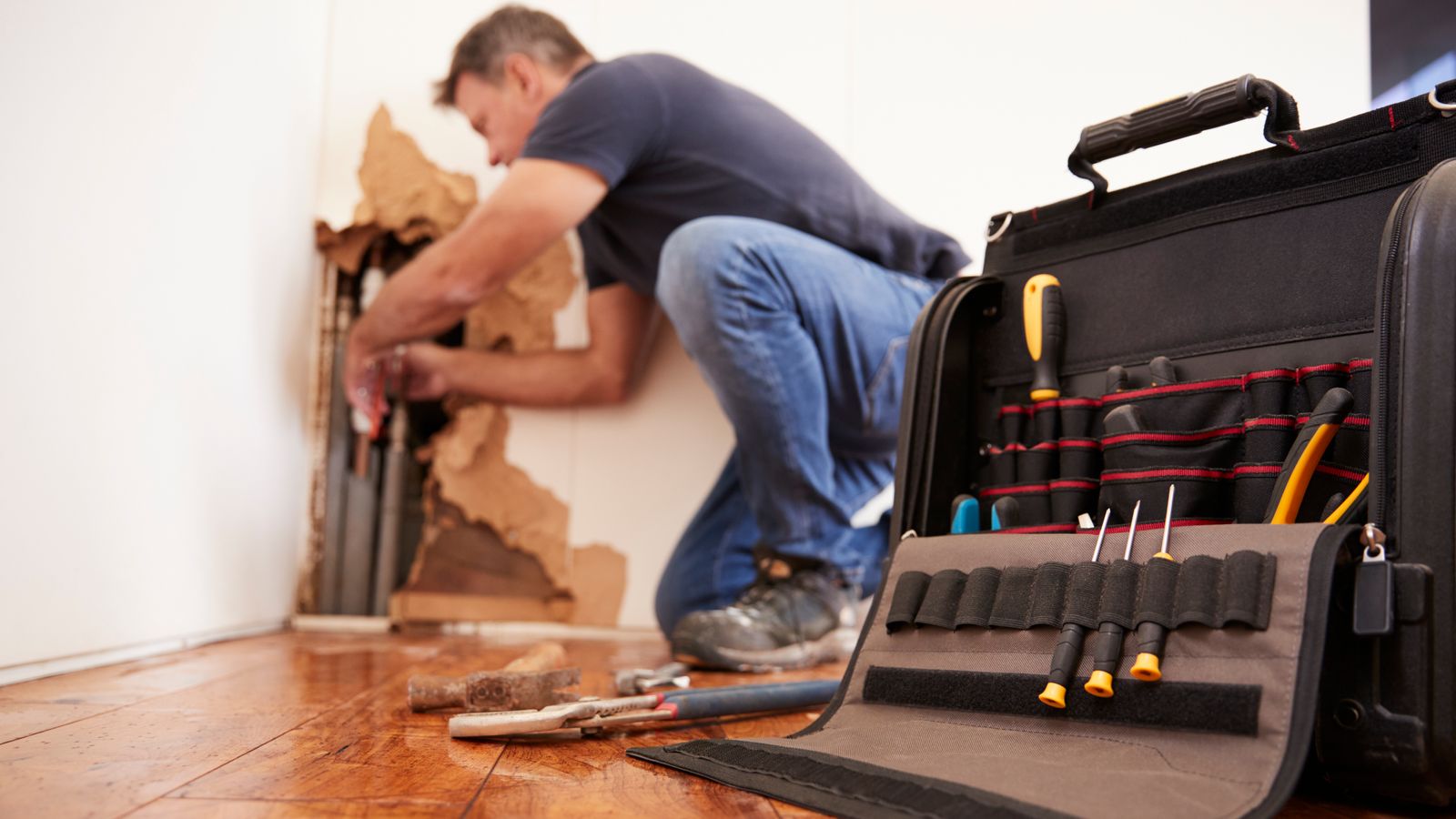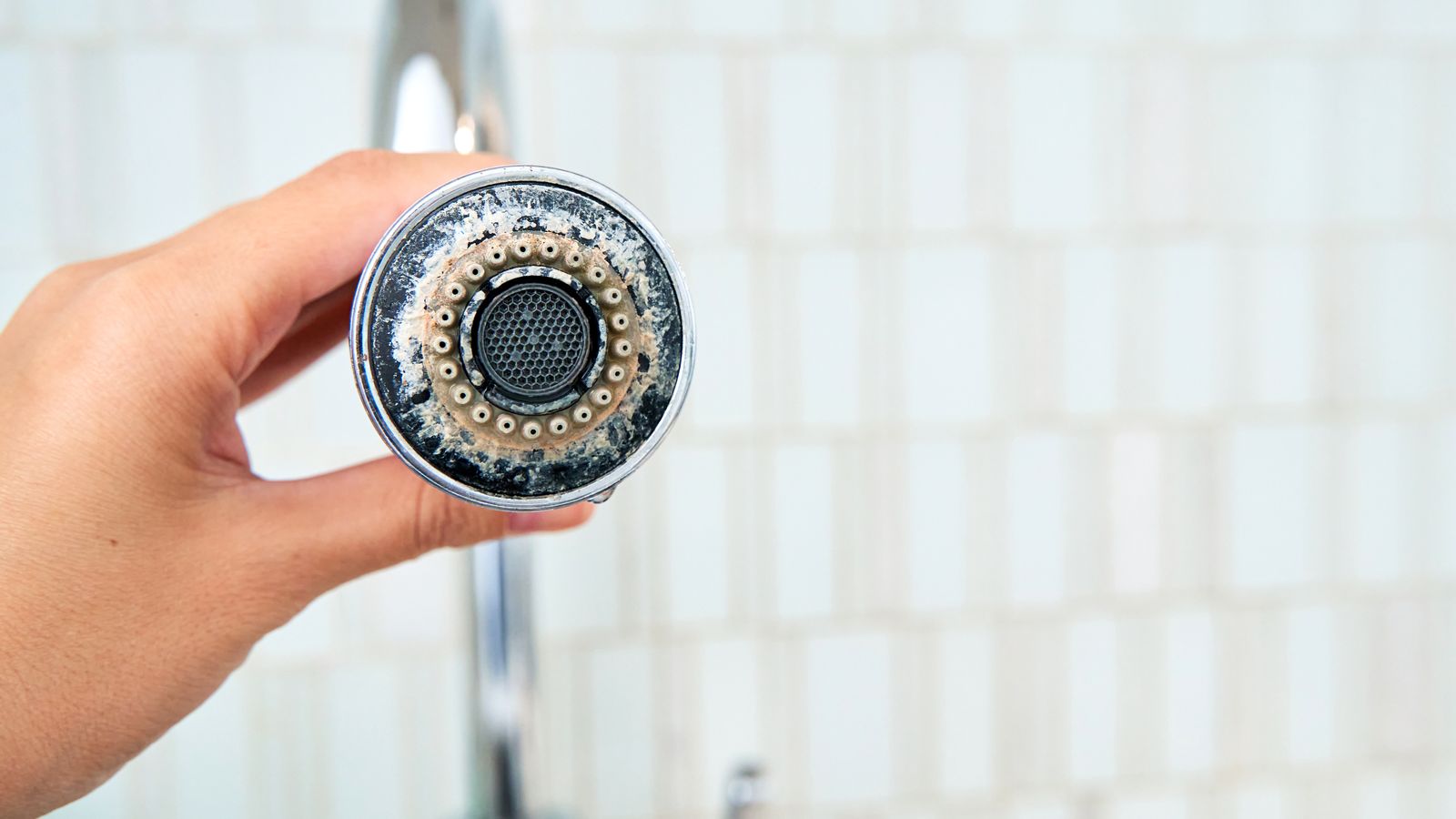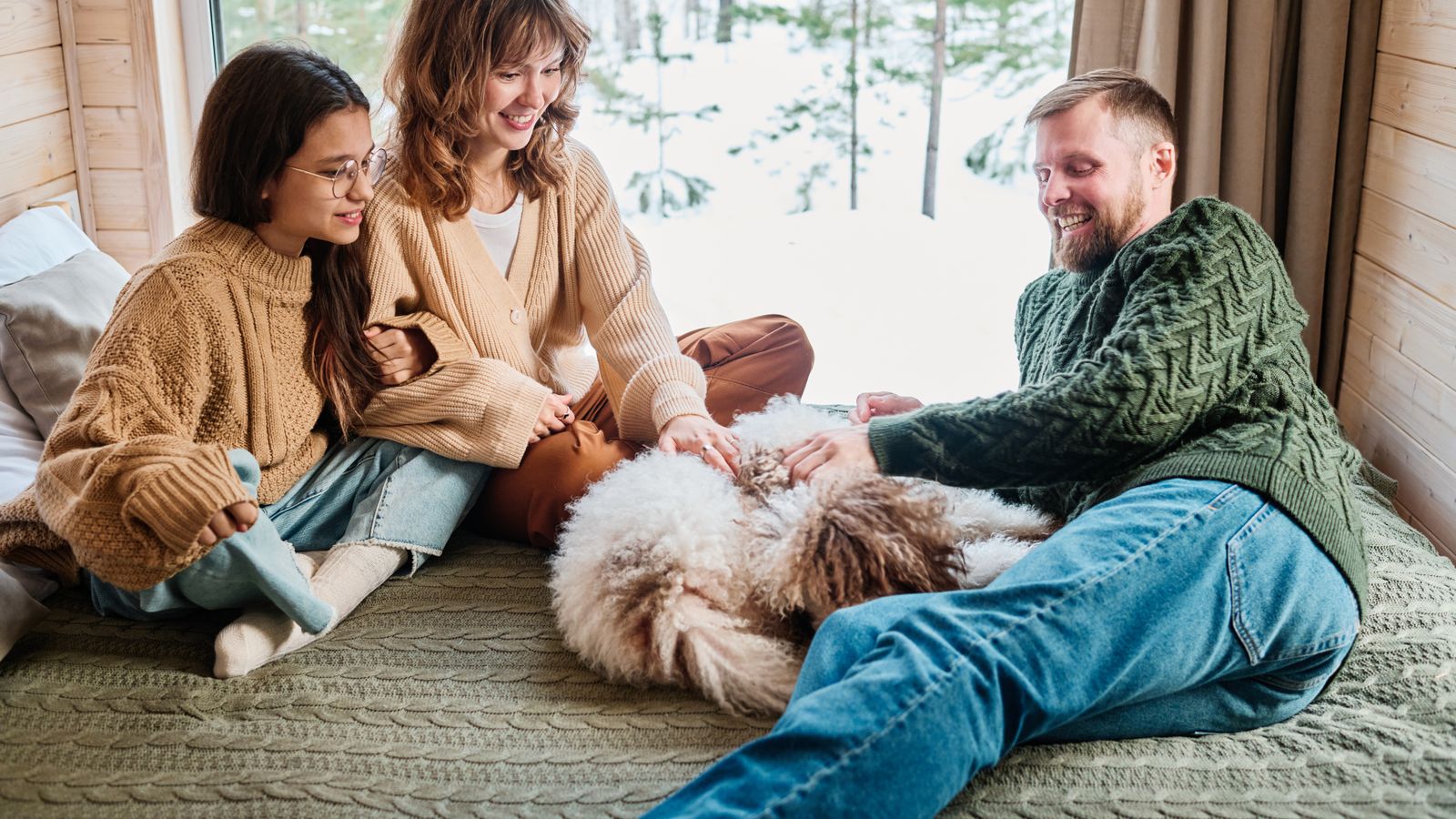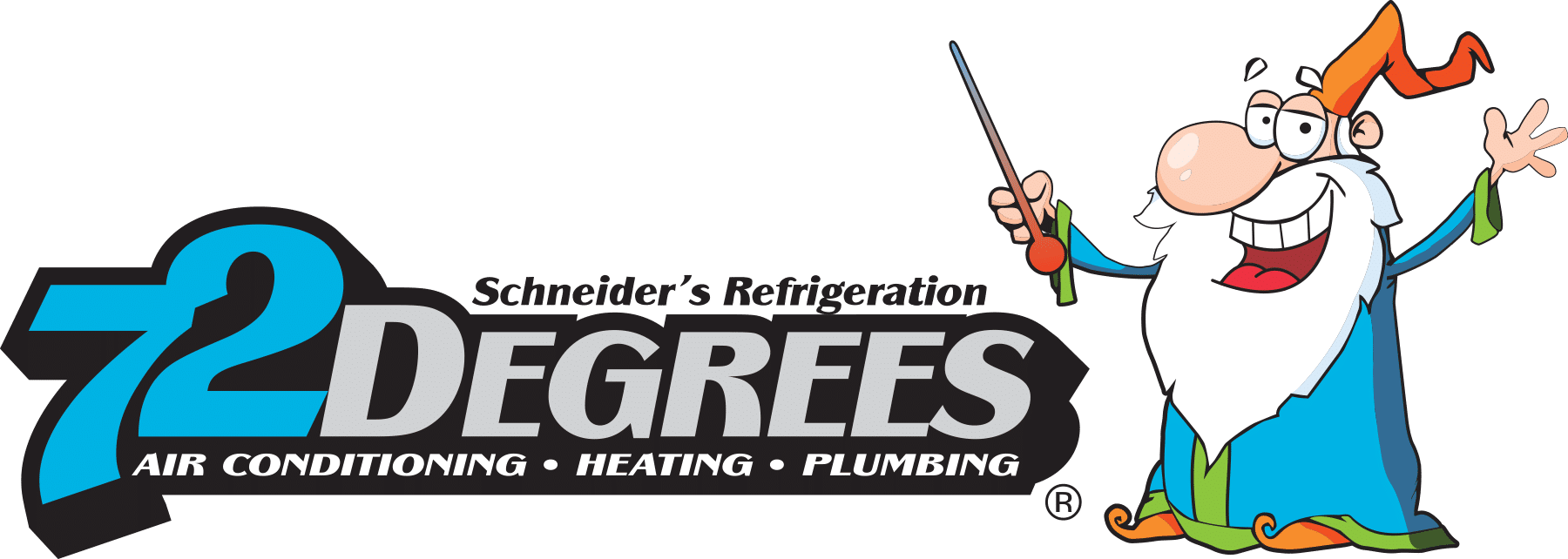When the temperature drops, you may notice the “AUX heat” indicator appear on your thermostat. For many homeowners, this can raise questions: What is auxiliary heat? Is it a sign of a problem? Will it increase energy costs?
At 72 Degrees Texas, we understand these concerns and want to help you feel confident about how your heating system works. Auxiliary heat is a normal and important part of many HVAC systems, especially during cold weather. Here’s what you need to know about auxiliary heat, when it activates, and how you can use it efficiently to stay warm without driving up your energy bills.
Understanding Auxiliary Heat and How It Works
Auxiliary heat is a backup heating source designed to help your heat pump keep your home comfortable when temperatures drop too low for the heat pump to work efficiently. Most heat pumps pull heat from the outdoor air and transfer it indoors. However, when temperatures dip below 35-40°F, there may not be enough heat in the air to meet your thermostat’s setting.
This is where auxiliary heat steps in. The system automatically activates electric resistance coils, which produce heat to supplement the heat pump. This ensures your home stays warm, even during especially cold days or nights.
When Auxiliary Heat Turns On
Auxiliary heat activates in specific situations, all of which are designed to keep your home comfortable:
- Cold Outdoor Temperatures: When outdoor temperatures drop below 40°F, the heat pump may struggle to extract enough heat from the air. Auxiliary heat provides the extra warmth needed to maintain your thermostat setting.
- Rapid Thermostat Changes: If you significantly increase your thermostat’s temperature, such as raising it by 5°F or more, the heat pump alone may not be able to heat your home quickly enough. Auxiliary heat activates to help reach the desired temperature faster.
- Defrost Cycles: In freezing conditions, frost can form on your heat pump’s outdoor unit, reducing its efficiency. During a defrost cycle, the heat pump reverses operation to melt the frost, and auxiliary heat temporarily takes over to keep your home warm.
These scenarios are all part of normal operation, but frequent activation or unusually long periods of auxiliary heat use may indicate an issue with your system.
Is Auxiliary Heat Costly to Use?
Because auxiliary heat relies on electric resistance coils, it is less energy-efficient than the heat pump itself. Occasional use during cold weather won’t drastically impact your energy bill, but extended reliance on auxiliary heat can lead to higher costs.
For example, if temperatures stay below 35°F for several days, your auxiliary heat may run more often to compensate for the heat pump’s reduced efficiency. Similarly, sudden thermostat adjustments or poor insulation in your home can cause your system to activate auxiliary heat more frequently than necessary.
Reducing Auxiliary Heat Usage
To minimize the use of auxiliary heat and keep your energy bills in check, follow these tips:
- Maintain a Consistent Thermostat Setting: Avoid large temperature changes, which can trigger auxiliary heat. Instead, make smaller adjustments, such as 1-2°F at a time, to allow your heat pump to handle the workload without backup heating.
- Improve Home Insulation: Seal air leaks around windows, doors, and other openings to prevent cold air from entering your home. Adding insulation to your attic or walls can also help your heat pump work more efficiently.
- Use a Programmable Thermostat: Set a schedule that maintains consistent temperatures throughout the day and night, reducing sudden demands on your heating system.
- Schedule Regular Maintenance: Have your heat pump and auxiliary heating system inspected annually by a professional. Routine maintenance ensures your system operates efficiently and reduces the likelihood of excessive auxiliary heat use.
Auxiliary Heat vs. Emergency Heat
It’s important to understand the difference between auxiliary heat and emergency heat. Auxiliary heat is an automatic function that activates when your heat pump needs extra help. Emergency heat, on the other hand, is a manual setting used only when the heat pump isn’t working at all.
Emergency heat relies solely on the electric resistance coils and is much less efficient than auxiliary heat. It should only be used in situations where your heat pump is completely inoperable or temperatures are extremely low.
When to Call 72 Degrees Texas
While auxiliary heat is a normal part of your heating system, there are times when it may signal a problem that requires professional attention. Call us if:
- Auxiliary heat stays on continuously, even when outdoor temperatures are above 40°F.
- You notice higher-than-usual energy bills without a clear explanation.
- There are unusual smells, like burning or musty odors, when auxiliary heat is running.
- The system activates auxiliary heat during mild weather or seems unable to maintain the thermostat setting without backup heating.
These issues could indicate problems with your heat pump, thermostat, or even the auxiliary heating system itself. Our skilled technicians can diagnose the issue and provide the necessary repairs to keep your system running efficiently.
Trust 72 Degrees Texas for Reliable Heating Solutions
Auxiliary heat plays a vital role in keeping your home warm during the colder months, but understanding how it works can help you use it more effectively and avoid unnecessary energy costs. At 72 Degrees Texas, we’re here to ensure your heating system operates smoothly, efficiently, and reliably.
If you’re experiencing frequent auxiliary heat activation, higher energy bills, or any concerns with your heating system, contact us today at (830) 468-5316. Our team is available 24/7 to provide expert service and peace of mind for your home.
For ongoing comfort and savings, consider joining our Home Comfort Club. Members receive regular maintenance, priority service, and exclusive discounts to keep their homes comfortable year-round. Let us help you stay warm and worry-free this winter!

